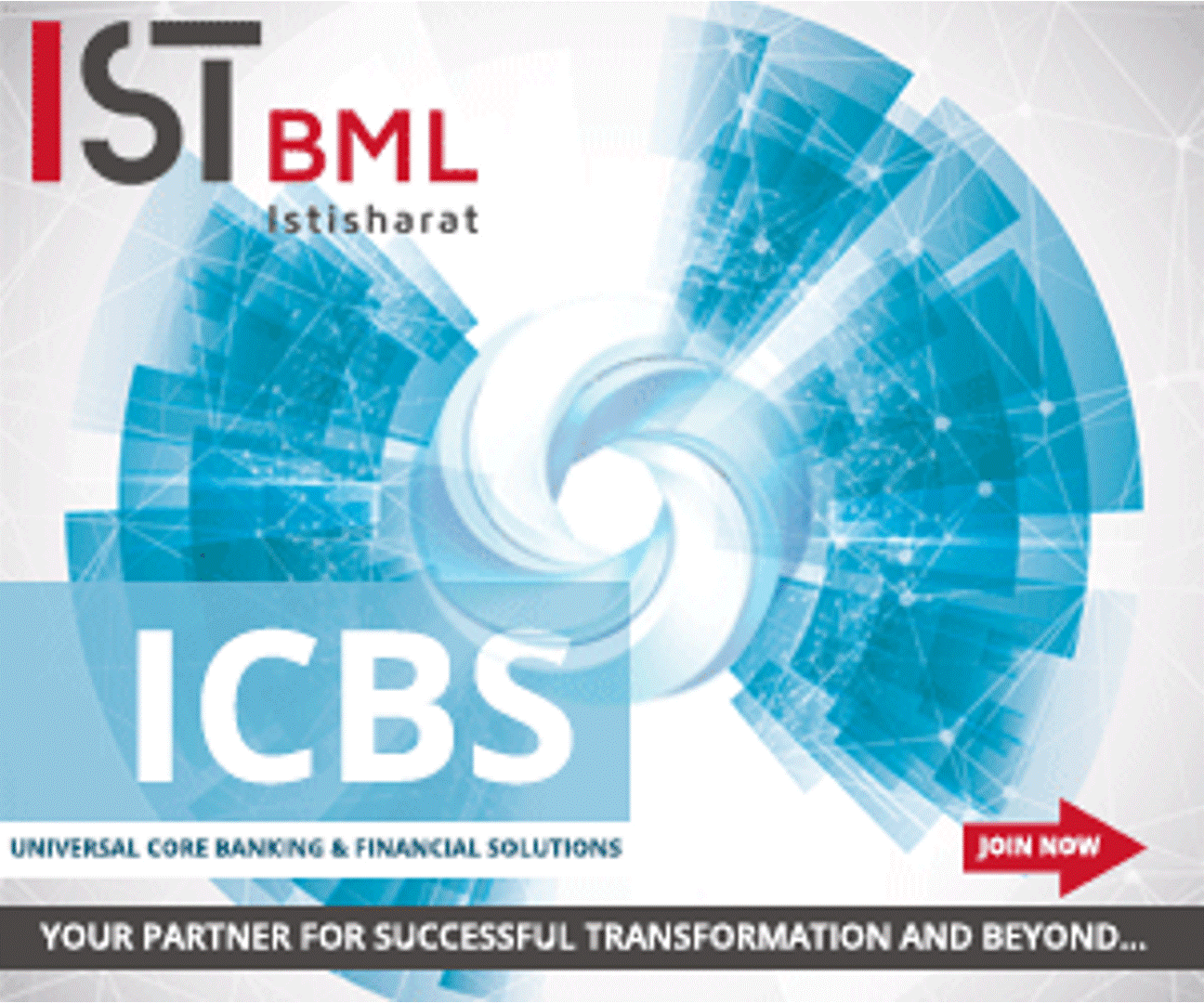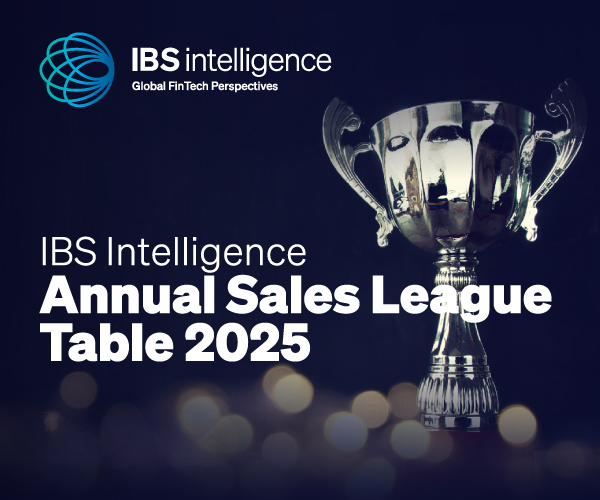 Back
Back
ACH Payments: Interview with Shamir Karkal, CEO and Co-Founder of Sila
By Joy Dumasia

Sila is a FinTech platform that provides payment infrastructure as a service, a business-critical element for all companies that need to integrate with the US banking system and blockchain quickly, securely, and in compliance with US regulations. While Sila is laser-focused on ACH transactions, they maintain a large partner program, offering a mix of pre-approved and pre-integrated solutions that customers might need.
The Sila API and SDKs make it simple to store value and transfer money between bank accounts and digital wallets from inside an application. Sila also can include blockchain technology if requested by customers. Sila is headquartered in Portland, Oregon.
IBS Intelligence sat down with Shamir Karkal, CEO of Sila, to discuss the ACH Payments system in the USA.
What is the ACH Payments system?
ACH payments as a kind of a payment system started in the early 1970s, banks used to run on a general ledger which used to be a book on which banks used to keep track of everything. The branches would send their ledgers to the regional headquarters, which would then get sent up to the headquarters in the city, and they would take weeks to close the books at the end of the month. A cheque clearinghouse was where banks in an area, instead of sending their cheques to each other, would all send their cheques into one central place and then clear all cheques with each other. It was a function that the Federal Reserve was doing at the time; the Feds still is the biggest cheque clearinghouse in the US.
The initial way that they did it would be with giant magnetic tapes, and they would put all the info on those magnetic tapes and put the tapes in a truck, and they would drive all the trucks to a central location and clear all the payments that way, and then they would get a giant magnetic tape back with the payments that were to be credited and debited from their accounts. There is no more driving of magnetic files on trucks because technology has improved, so now The Federal Reserve Bank of the US operates ACH like sharing houses, and you can send your ACH payments, but you still send it as a file. There are four cut-offs a day, so you send it up to four times a day at least once a day, and then after the cut-off, you’ll get the other file back from the Fed.
If you look at like 1980s, the system in the US was the most advanced technology in payment systems globally. Technology moved so far between 1980 and 2020 that the US was state of the art in 1980, and it’s now 25 years outdated, but this payment system still moves about $70 trillion of payments every year. Fed charges banks 1/3 of a cent or less per transaction, so that is not even one cent. For three transactions, you pay a cent, and most banks pay even less. It’s volume-based pricing, so it is very cheap as a payment system, but it’s also very slow. It is very antiquated, and it has a lot of problems given it doesn’t have any authentication system built-in and doesn’t have an authorization system built, and there’s a huge problem of fraud.
What are the benefits and shortcomings of the ACH payment system?
The benefit is ubiquity in the sense of universal access. If one has a bank account in the US, which over 80% of Americans do, they have access to ACH. In the USA, many utility payments are processed through ACH. Ubiquity is powerful because some banks don’t provide cheques, so you can’t use cheques on their accounts. The other main thing about ACH is cost. If you send an ACH payment of like $100, the recipient will receive $100, and if you send a debit where you’re pulling money out of somebody else’s account, you will get 100. This is not true on the card networks as there is an interchange fee.
The disadvantages are speed; almost every other developed country in the world has a real-time national payment system. The US, even in 2022, still doesn’t have a real-time national payment system. To state a shortcoming of ACH, there is no authentication or even authorization system in the US. I mean, this payment system was built before there were mobile phones.
If I have a person’s bank account and routing number and access to the system, I can debit money from their bank account without approval. The person has no way to approve that transaction. I can send a debit of $10,000 today, tomorrow morning, it’ll get deducted from the bank account. The bank must do an investigation, and then they must credit that money back into the account within 10 business days. This is a very simplified example of the sort of online fraud that happens to billions of dollars in the US. It’s a huge problem, and it’s an increasing problem because payments, in general, have grown explosively, and the fraud has grown explosively.
There’s nothing built into the network, but there are layers that you can do on top of that to manage fraud and understand how the payments work and control the fraud around them. That’s a lot of what we specialize in having tools where we can give you the funds on a transaction immediately; even though ACH itself takes a day or two to settle, we can give you the funds instantaneously. We can even make the funds instantaneously available with zero risk where we will take all the risk of any payment failures.
What improvements have been made to the ACH payment system since its inception by regulators?
The Federal Reserve does not set the rules for ACH, NACHA sets the rules for ACH; the Fed may operate, but it’s under NACHA directives, and NACHA is the is an industry body, and the banks collectively own it. The large banks pretty much control it, so they basically control NACHA and the improvements that have happened to ACH over the last 40 years. Payment networks came along, and now we don’t need trucks of files, we can send them over the computer network, so now this makes it even easier, and such improvements have happened. The file format itself saw a lot of changes between the 80s and 90s to add different types of transactions and the ability to embed a lot of data into the ACH files.
There was a call for speeding up the system, and there was a lot of resistance, and it came from the large banks, and the large banks are the ones who pretty much control NACHA even if the regulators and the small banks want to do something if the large banks that control NACHA don’t want it, it doesn’t happen. The large banks make a lot more money from wire fees. There was a lot of resistance from the large banks to introduce same-day ACH, and it was voted down in the Dacha Council in 2012. Eventually, they approved it in 2014, and they added this interchange fee of five cents, then launched it in 2016. That’s why I say the US is moving from being 40 years behind to being only 15 years behind.
What is the state of the FinTech industry in the US, and what are your predictions for its future?
It is going through a phase of hyper-growth, and that hyper-growth is leading to huge investments by VCs, and I very much expect that there will be a bust as well. There is a huge boom happening, and there will be a bust, but if you look past all of it, this is the decade where FinTech and crypto go from 1% to 10% uh, which is a 10x growth.
We at Sila grew transactions 15x last year, and we’ll probably grow it again this year; to get going to trillions of dollars, you can keep growing for a decade or two decades before you really get to the large numbers, and it’ll definitely be the story of like hundreds of other FinTech startups. I wish everyone of them would succeed, but truly, you know that they all cannot, there will be many of them who fail. Then some in the middle will have decent outcomes, but the ones who succeed will change the world, and you can already see that with companies like PayPal, Wise, and Klarna in Europe; similarly, PhonePe and Paytm in India.
What is in the pipeline for Sila in 2022?
It was a great quarter for us, and transaction growth accelerated for us a lot of our business now is just scaling up and adding more customers, helping the customers who already are live and get to scale. They have so many different problems that we help them solve and so many things we need to improve in our own system, very small things, but that can be very important.
We have this system on our platform called WEBHOOKS when something happens, we notify our customers, and that notification is through a system called webhooks it’s a very standardized programming system. We have done 20 improvements on that in the last year, that sort of work is always happening and always has to happen for those customers who are growing 10x-20x every year, so we have to scale with those customers and support them on that journey.
Then there are new API features that we’re launching what we call instant settlement, in which you make an ACH payment, and we make the funds available immediately and then we have another feature called instant ACH where we make the funds available immediately, and we take the full risk of a payment failure return as well. At Sila, we do a fair amount of wire payments already, but we’re going to launch a new wire API soon.
We launched a whole API platform to manage virtual bank accounts, so now you can onboard a customer, create 10 wallets for them, and create 10 bank accounts if needed. It’s a very flexible payment system where you can create these bank accounts and use it for one payment and shut it down. The pricing even supports that, so it’s a viable option for some use cases, and this flexibility is possible on our system. We support blockchain payments on Ethereum already we’re going to add support for more blockchain platforms later this year, and we’re going to do a lot more in card payments and buyer payments.
ALSO READ: Global Payments Vendors and Landscape Report Q4 2021
IBSi FinTech Journal

- Most trusted FinTech journal since 1991
- Digital monthly issue
- 60+ pages of research, analysis, interviews, opinions, and rankings
- Global coverage
Other Related News
Related Reports

Sales League Table Report 2025
Know More
Global Digital Banking Vendor & Landscape Report Q2 2025
Know More
NextGen WealthTech: The Trends To Shape The Future Q4 2023
Know More
Intelligent Document Processing in Financial Services Q2 2025
Know More


